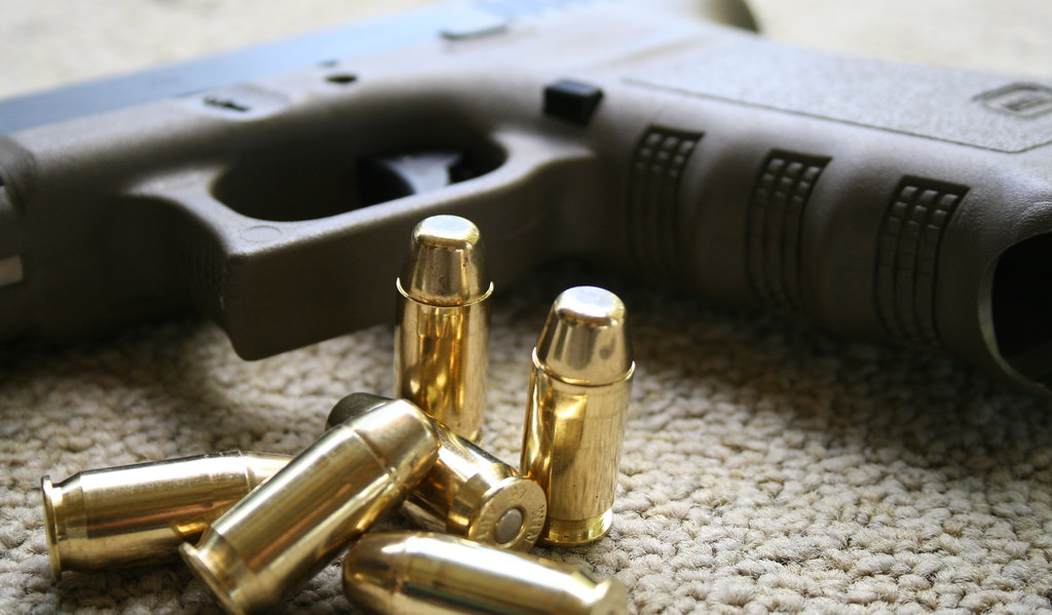Not a week goes by when I don’t encounter some article making claims about how mass shootings are happening at a rate that is nearly beyond comprehension.
According to places like the Gun Violence Archive, they’re happening at a rate of nearly two per day, and that’s more than enough to rattle your average voter.
What’s more, most people don’t really understand what the numbers mean. Even if they see the definition GVA uses, they don’t quite get what all is included in that total, such as gang shootouts. They simply think it’s a mass shooting as they would otherwise think of it, only the gunman wasn’t particularly accurate.
Yet a piece by a criminal justice professor–an academic–takes issue with this whole idea of lumping everything in together.
Current media portrayal of and public debate about gun violence are big on shock values but short on solutions. Broad definitions of mass shootings with no differentiation of types of shootings, victims, and circumstances, lumping gang violence, home invasions, armed robberies, familicides, and personal vengeance together with random public mass killings are not conducive to effective interventions.
Only incidents involving four or more shot and killed randomly during a singular event in a public place should be considered mass shootings to differentiate them from more common types of gun violence and allow the police and society to develop relevant and effective strategies tailored to specific types of incidents.
With this definition, there are usually a handful of mass shootings involving fewer than 80 murdered victims out of more than 15,000 total gun violence deaths in a given year. There were 31 mass shootings from 2017 through 2021, about six per year (Marshall Project) and four in 2022 in Buffalo, New York; Uvalde, Texas; Tulsa, Oklahoma; and Highland Park, Illinois. There were 74 mass shooting deaths among about 15,000 gun homicides in 2019 (CDC.gov and Wilson, 2021). From 1966 -2020, there were 420 mass shootings, 1449 deaths, which account for 27 deaths per year (Rockefeller Institute of Government).
The author, Allan Jiao offers up some specific recommendations for the various kinds of “gun violence” and unlike what we hear from many gun control advocates, they’re actually different recommendations.
That’s because mass shootings and more pedestrian forms of homicides aren’t remotely the same. They have different causes and motivations, which makes them very different.
For example, take a drive-by shooting that injures or even kills four or more people and compare it to a more traditional mass shooting with the same death toll.
Both are awful events–no one can dispute that, in my opinion–but one is the result of a series of actions that involve, at least in part, criminal organizations such as gangs. The other is what we’d term “random” because no one in particular is targeted, all injured or killed are just in the wrong place at the wrong time.
The drive-by could have been prevented through different anti-gang efforts, both by law enforcement or private organizations.
Mass shootings are different.
When you also lump in shootings where no one was killed, though, it just muddies the water.
Take the things we see suggested after a shooting like Lewiston, for example. Things like red flag laws and assault weapon bans look tempting to many after what Jiao terms as true mass shootings, but are they useful to inhibit gang activity? After all, most gang members aren’t obtaining their guns lawfully in the first place, now are they?
And this is if you think gun control is the answer.
For those of us skeptical of such a claim, this idea of conflating the two mass shootings–and seeing the trend start to go downward even as others claim they’re increasing–this is an even bigger issue.
While Jiao doesn’t single out the Gun Violence Archive for criticism, we all know exactly who likes to inflate the numbers of mass shootings and why.
They only want to push an anti-gun agenda and while they claim to be nonpartisan, that’s kind of irrelevant. Nonpartisan doesn’t mean neutral, after all, and they most definitely are not.
At least now, someone else is pointing out the problematic nature of this nonsense.







Join the conversation as a VIP Member